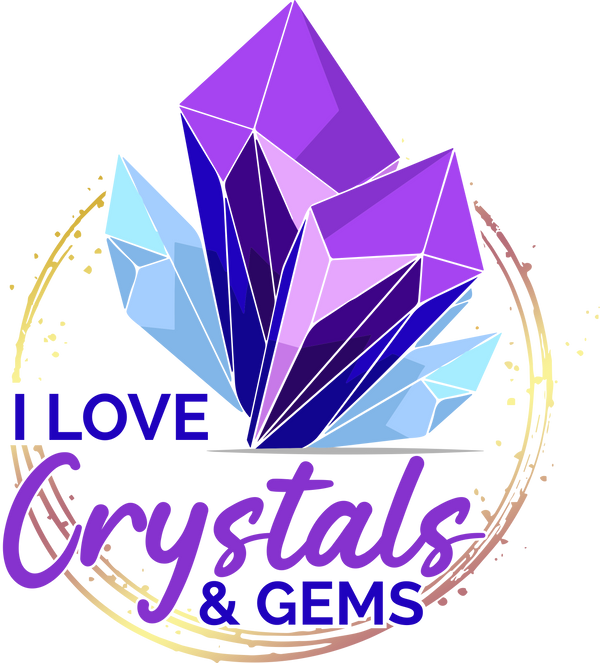1
/
of
1
ilovecrystalsandgems
SKU:GEM-T-AMG
Amethyst Extra Tumbled Stones - Mixed 20 - 45 mm - 1 LB - Madagascar
Amethyst Extra Tumbled Stones - Mixed 20 - 45 mm - 1 LB - Madagascar
Regular price
$49.99 CAD
Regular price
Sale price
$49.99 CAD
Unit price
/
per
22 in stock
Couldn't load pickup availability
Amethyst was used as a gemstone by the ancient Egyptians and was largely employed in antiquity for intaglio engraved gems.
The Greeks believed amethyst gems could prevent intoxication, while medieval European soldiers wore amethyst amulets as protection in battle. The reason for this being that amethysts are believed to heal people and keep them cool-headed. Beads of amethyst were found in Anglo-Saxon graves in England.
A large geode, or "amethyst-grotto", from near Santa Cruz in southern Brazil was presented at the 1902 exhibition in Düsseldorf, Germany.
Amethyst is the traditional birthstone for February.
Amethyst is the purple variety of quartz and is a popular gemstone. If it were not for its widespread availability, Amethyst would be very expensive. The name "amethyst" comes from the Greek and means "not drunken." This was maybe due to a belief that Amethyst would ward off the effects of alcohol, but most likely the Greeks were referring to the almost wine-like color of some stones that they may have encountered. Its color is unparalleled, and even other, more expensive purple gemstones are often compared to its color and beauty. Although it must always be purple to be amethyst, it can and does have a wide range of purple shades.
Amethyst can occur as long prismatic crystals that have a six sided pyramid at either end or can form as druzes that are crystalline crusts that only show the pointed terminations. As a mineral specimen, amethyst is popular for its color and nice crystal shapes that produce a handsome, purple, sparkling cluster.
However, amethyst is not the same everywhere. Different localities can produce a unique amethyst to that particular region or even to that particular mine. Experts can often identify the source mine that a particular amethyst came from. The key to this is the specimen''''''''s color, shape of crystal, inclusions, associations and character of formation.
Physical properties of Amethyst:
Category Mineral variety
Chemical formula Silica (silicon dioxide, SiO2)
Color: Purple, violet
Crystal habit: 6-sided prism ending in 6-sided pyramid (typical)
Crystal system: rhombohedral class 32
Twinning: Dauphine law, Brazil law, and Japan law
Cleavage: None
Fracture: Conchoidal
Mohs scale hardness: 7-lower in impure varieties
Luster: Vitreous/glossy
Streak: White
Diaphaneity: Transparent to translucent
Specific gravity: 2.65 constant; variable in impure varieties
Optical properties" Uniaxial (+)
Refractive index: nù = 1.543-1.553 nå = 1.552-1.554
Birefringence: +0.009 (B-G interval)
Pleochroism: None
Melting point: 1650±75 °C
Solubility: insoluble in common solvents
Other characteristics: Piezoelectric
Location: Africa, Brazil, Canada, Germany, Italy, Madagascar, Mexico, Russia Uruguay, and the USA
Rarity: Widespread Availability
Fun Fact: Amethyst is also known as the ''''''''Bishop''''''''s Stone'''''''' because Catholic bishops still wear rings set with this lovely gem.
Share


How to order by the gram products
**Items sold by the gram order 100 grams to start with & then adjust the grams to get the price you would like to pay. *A polished point 100 grams is about 4 inches tall on most materials.** We will do our best to get to has close as we can & contact you in the case we do not have anything close in stock so you can upgrade or downgrade. A Example is to the Left showing a customer requesting a 833g specimen.

